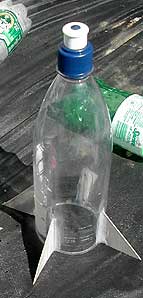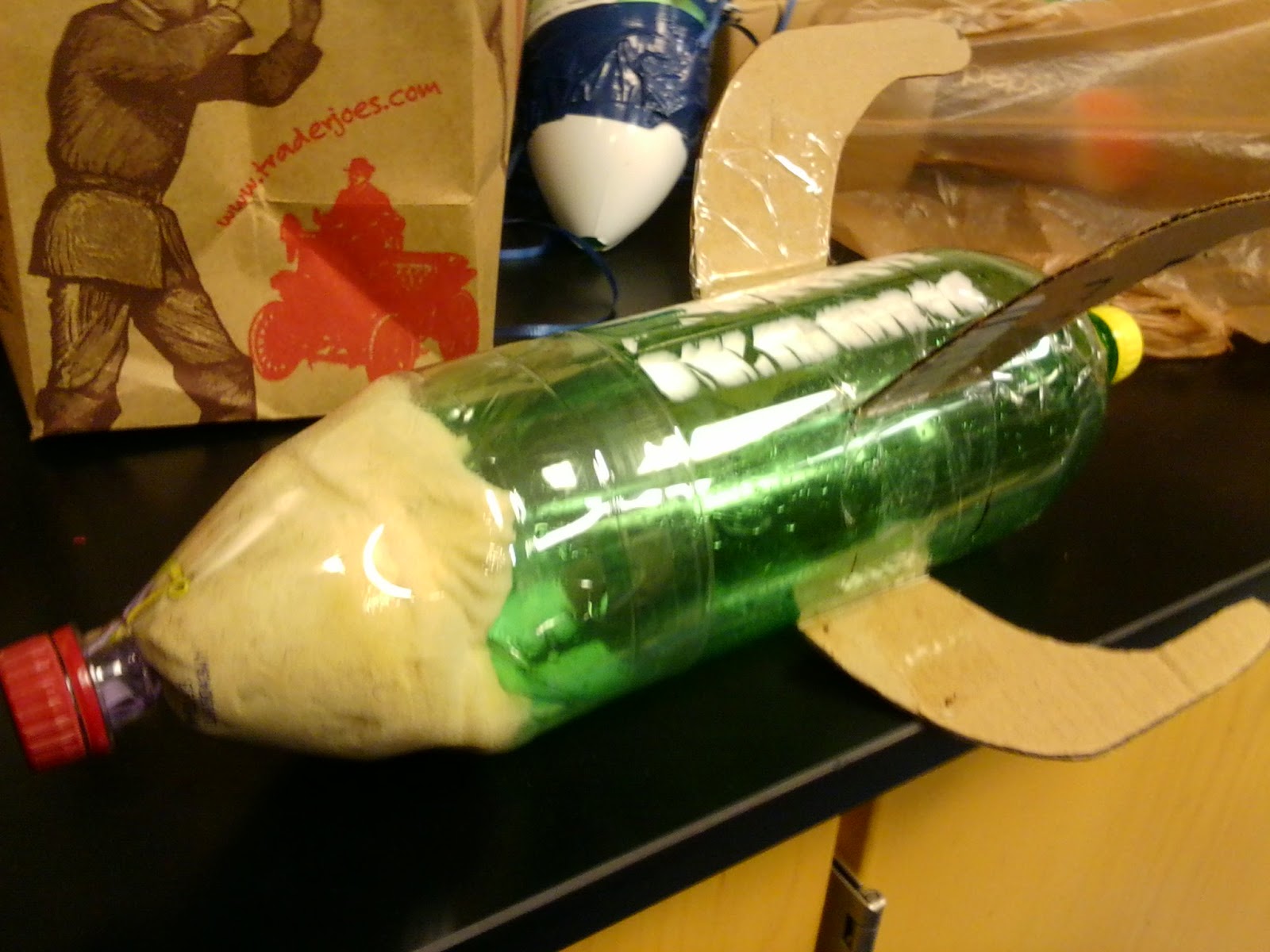


Richard Nakka's Experimental Rocketry Web Site

The smallest effect of temperature on the stiffness to weight ratio was shown in the sample composed of 50% polyester, 30% glass fibres, and 20% carbon powder, at 45.83% for the models reinforced with chopped glass fibres, and in the model made of 60% polyester, 20% carbon fibres, and 20% carbon powder at 57.54% for models reinforced with carbon fibres.Richard Nakka's Experimental Rocketry Site In addition, the results showed that an increase in temperature leads to a decrease in the stiffness to weight ratio for all models. The best percentage of improvement of the value of stiffness was69.87% in a specimenmade of 50% polyester, 30% glass fibres, and 20% carbon powderin terms of models reinforced with glass fibres, while for models reinforced with carbon fibres, it was 79.94% in the model made of 60% polyester, 30% carbon fibre, and 10% carbon powder.

It was observed that hybridization improves the properties of composite materials at certainspecific volume fractions of carbon powder. The effect of adding carbon powder on the stiffness to weight ratio and the effect of temperature on this stiffness to weight ratio were studied and discussed. A concentrated load was applied to the models in the form of a cantilever plate. The types of fibresthat used were chopped glass fibre and chopped carbon fibre, and the type of powder used was carbon powder. The reinforcement of polyester resin material was done in two ways, with fibre reinforcement and powder reinforcement. In this study, several models of the rocket fins were made of hyper composite materials (with two or more reinforced materials) with different volume fractions of components used to produce isotropic composite plate structures. This research suggests that the utilization of NMFs of waste LCDs with PET will result in the substantial reduction of environmental pollution. The improved value of these properties are due to strong adhesion bonding between particles of NMF and PET. At optimized weight ratio of NMFs in LCD-PET composite samples, tensile strength (0.46 MPa), tensile modulus (0.35 MPa), bending strength (2.09 MPa), bending modulus (14.15 MPa) and impact energy (0.74 J) was achieved. The optimum results of mechanical strength properties reflected in morphologies of fractured surface was obtained at 70 %wt of NMFs. The acquired results showed that the mechanical properties such as tensile strength, bending strength, impact strength and modulus of LCD-PET composites is improved by increasing of NMFs of LCDs. Different composition of LCD-PET composite material was investigated in terms of mechanical strength properties and examination of composite fracture surfaces. In accordance with this generalized sustainable practice, the feasibility study of using non-metallic fractions (NMFs) from waste liquid crystal displays (LCDs) with waste polyethylene terephthalate (PET) bottles to produce a valuable composite material was carried out. Recycling of materials can play an important role in sustainable environment and in the development of economy.


 0 kommentar(er)
0 kommentar(er)
